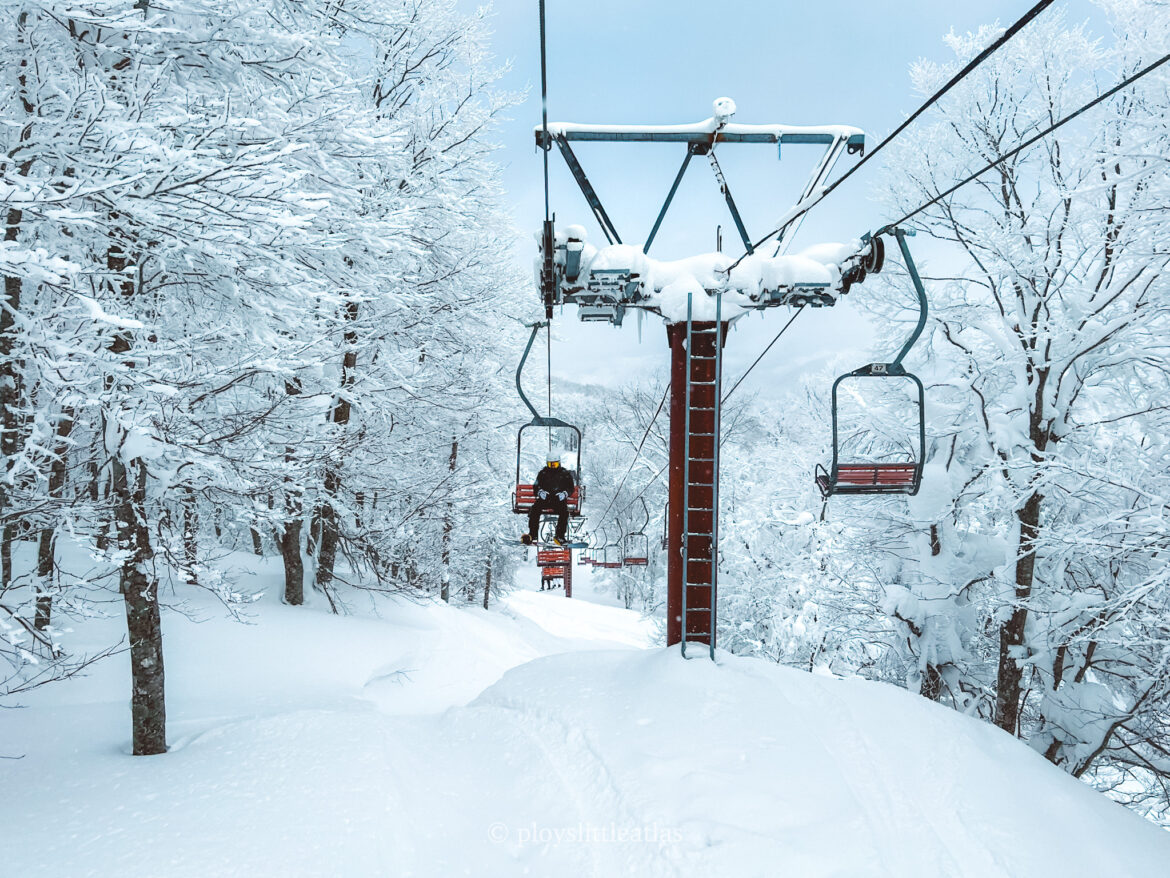For snow enthusiasts, February in Japan has one mission: finding the perfect powder. Having traversed slopes across this winter-wonderland nation, I can confidently say that Zao Onsen Ski Resort in Yamagata Prefecture exists in a category of its own. It’s a place where world-class snowboarding blends with ethereal natural phenomena, creating not just a vacation, but my most memorable Japanese winter experience to date.
A Resort Unlike Any Other
Zao Onsen isn’t just a ski resort; it’s a comprehensive winter wonderland nestled in the mountains of Tohoku. What sets it apart is a unique trifecta: exceptional terrain, a deep-rooted onsen (hot spring) culture, and the otherworldly “snow monsters” (juhyo) that crown its peak.
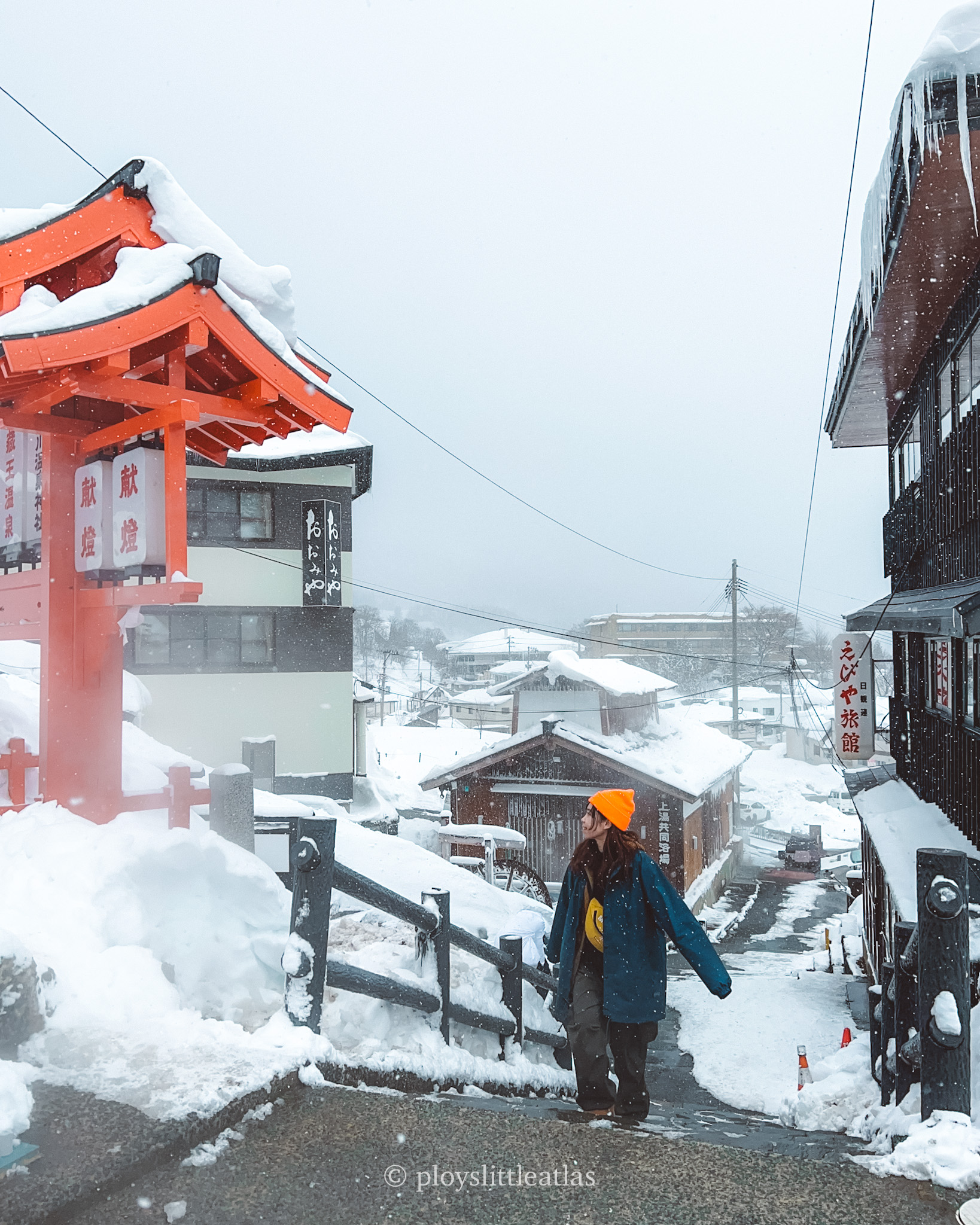
The village itself exudes an authentic, welcoming Japanese ambience. Unlike some westernized resorts, Zao maintains its cultural soul with charming streets, rustic ryokans, and the faint, harmless scent of sulfur from its famous acidic hot springs—renowned as “springs of beauty” for their skin-therapeutic effects. This is old-world Japan meeting world-class skiing, creating an atmosphere that is both exhilarating and deeply soothing.
Why February is Perfect
My visit in February coincided with prime snow conditions. The statistics tell part of the story—around 26cm of snowfall per week—but they can’t capture the sensation of waist-deep, feather-light powder that feels like floating through clouds.

This paradise is forged by specific weather patterns: freezing winds from Siberia gather moisture over the Sea of Japan and collide with Mount Zao’s fir trees. This not only creates incredible snowfall but also the famous snow monsters. For snowboarders, it translates to consistent fresh tracks and conditions that border on magical.
How Many Days Do You Need?
A minimum of two to three full days on the mountain is essential.
While February offers impeccable snow, the weather is a fickle friend. The same systems that deliver legendary powder can bring prolonged snowfall and overcast skies. During my visit, we experienced glorious, gloomy snowstorms—fantastic for riding bottomless powder, but they obscured the epic views.
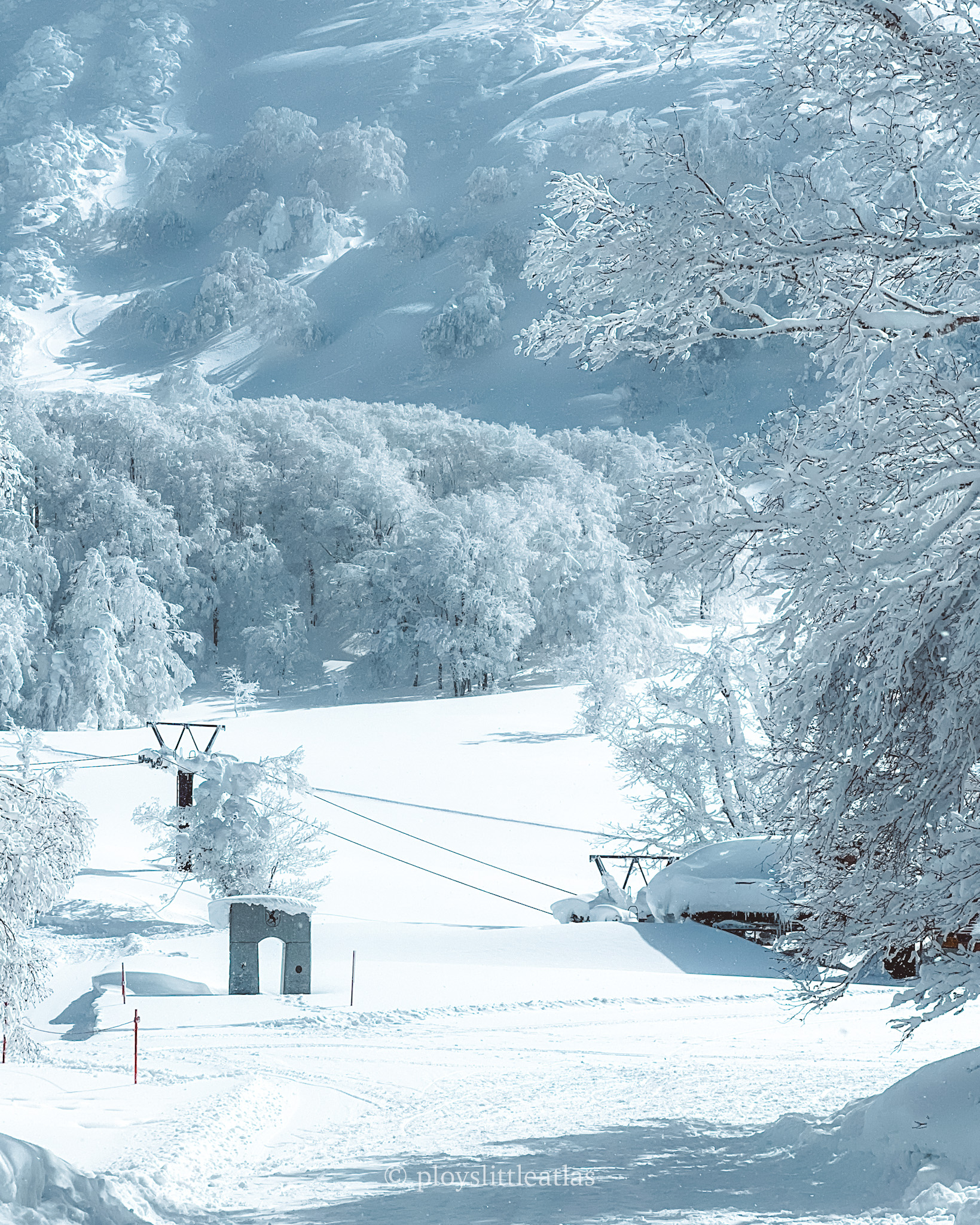
If you hope to witness the snow monsters and panoramic vistas under a brilliant “blue bird day,” you’ll want to widen your chances. A single day significantly limits your opportunity. Multiple days dramatically increase the probability of experiencing that breathtaking, clear-sky moment when the sun illuminates the frozen sculptures.
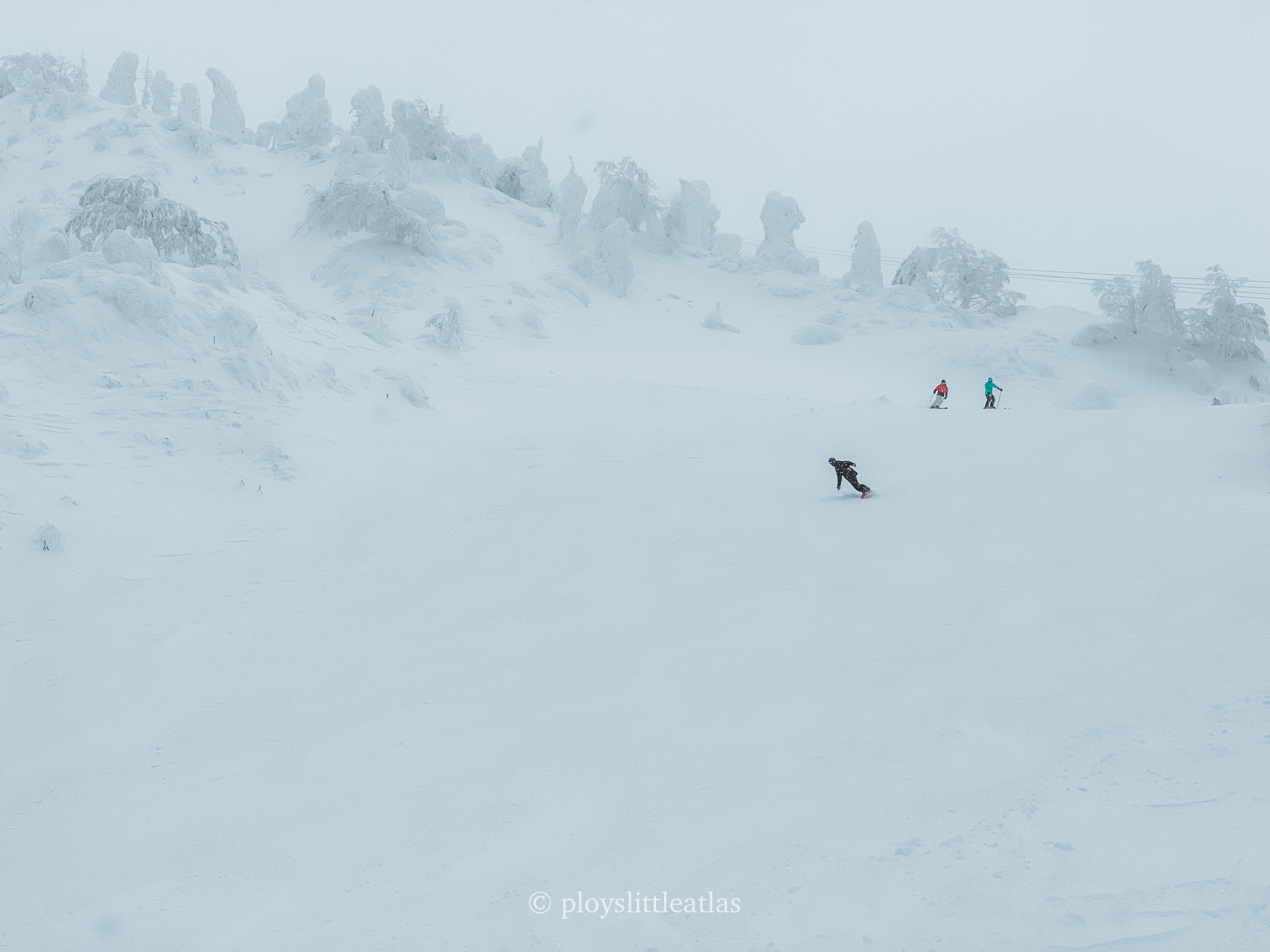
Furthermore, Zao’s vast terrain deserves time. One day is a rushed tour. With multiple days, you can thoroughly explore—chasing powder stashes one day and cruising groomed runs under the sun the next. This ensures you experience the full spectrum of what makes Zao special.
The Zao Onsen Experience: What to Look Forward To
The Mountain: A Guide to the Slopes
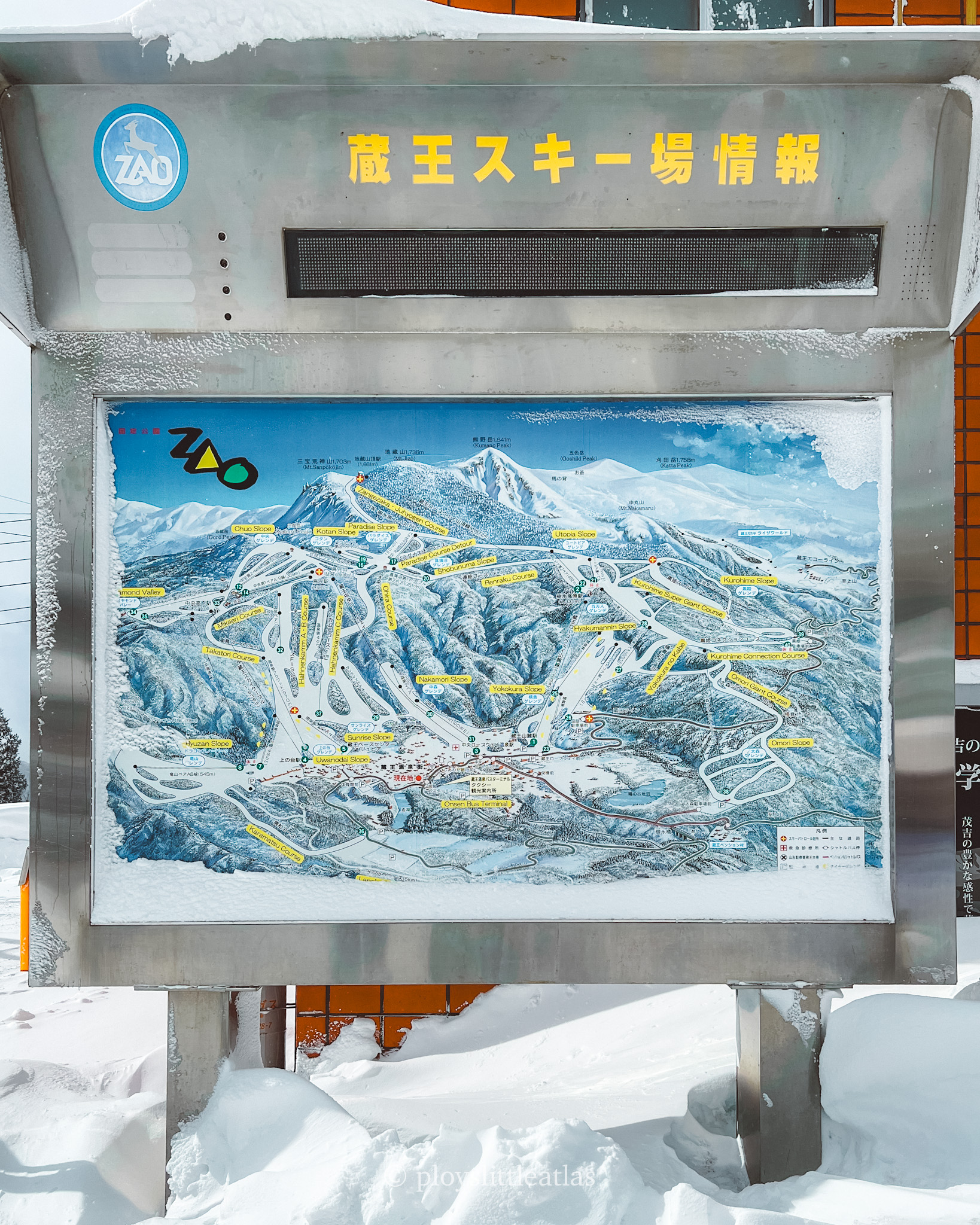
Zao is one of Japan’s largest single ski resorts, spanning approximately 305 hectares with an impressive infrastructure of over 30 lifts, including cable cars and ropeways. The resort is composed of interconnected areas, each with its own character. The slope distribution caters wonderfully to all levels:
- Beginners: 40%
- Intermediates: 40%
- Advanced: 20%
Key Areas to Explore:
Snow Monsters Area (Juhyo): The crown jewel. The ropeway transports you to a surreal landscape where trees transformed into frozen sculptures create an unforgettable backdrop. The runs here are not technically difficult, but the experience is unlike anything else in the world.
Chuo & Diamond Areas: These sections offer long, well-groomed cruisers perfect for intermediates looking to build confidence and enjoy spectacular vistas.
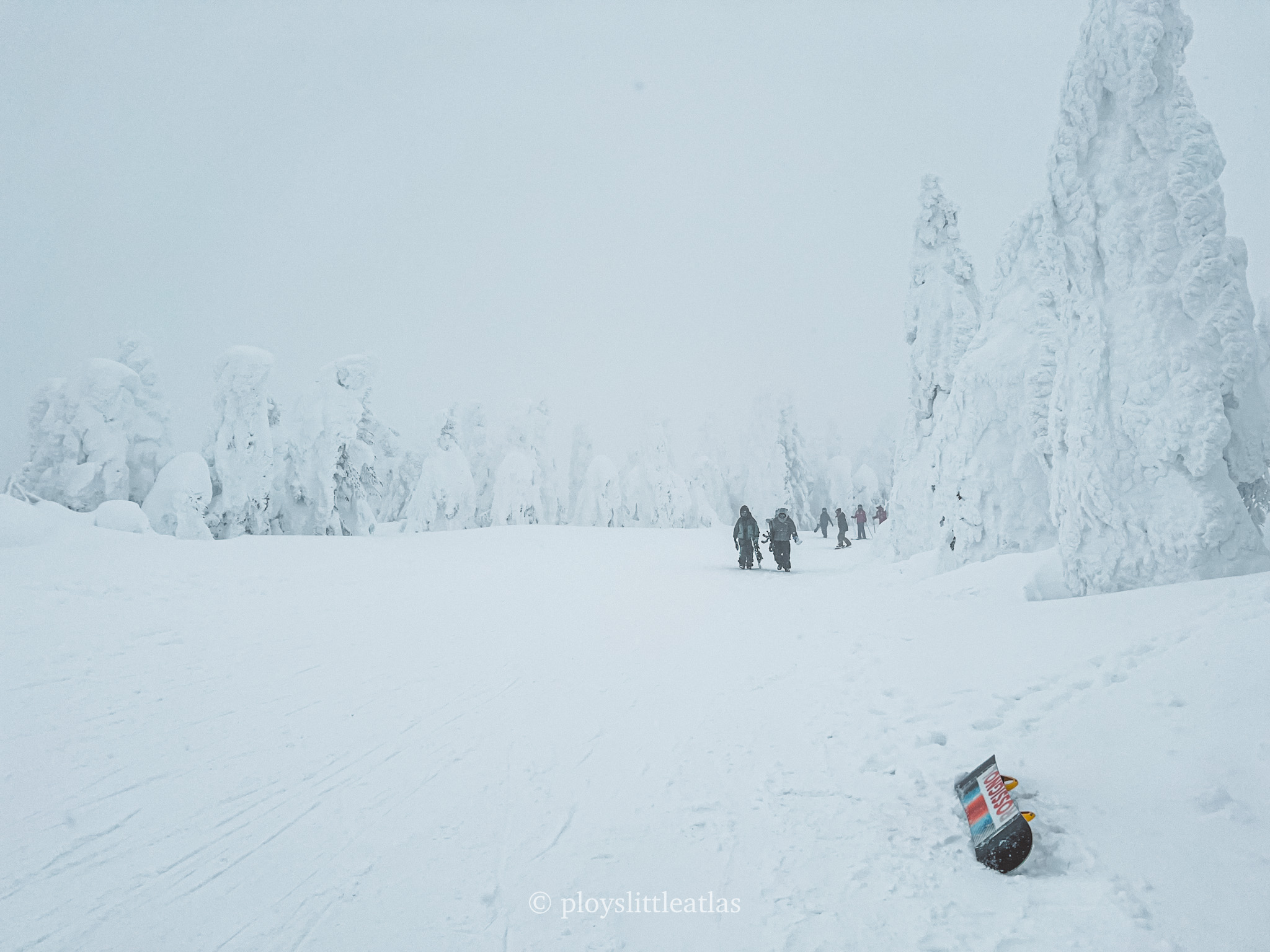
Kurohime Slope: A personal favorite for its consistent pitch and generous width, allowing for creative line choices and sustained carving.
Yokokura Wall: For those seeking a challenge, this run boasts the resort’s maximum gradient of 38 degrees, offering a satisfying adrenaline rush.
Uwanodai & Yokokura Slopes: These areas offer night skiing until 9:00 PM. Carving under the lights with winter stars above is a special experience.
The Snow Monsters: Nature’s Frozen Sculptures
Nothing prepares you for your first encounter with Zao’s juhyo. These are not mere snow-covered trees, but astonishing natural sculptures. Supercooled water droplets freeze onto the trees, gradually building into massive, monster-like shapes through January, reaching their peak magnificence in February.
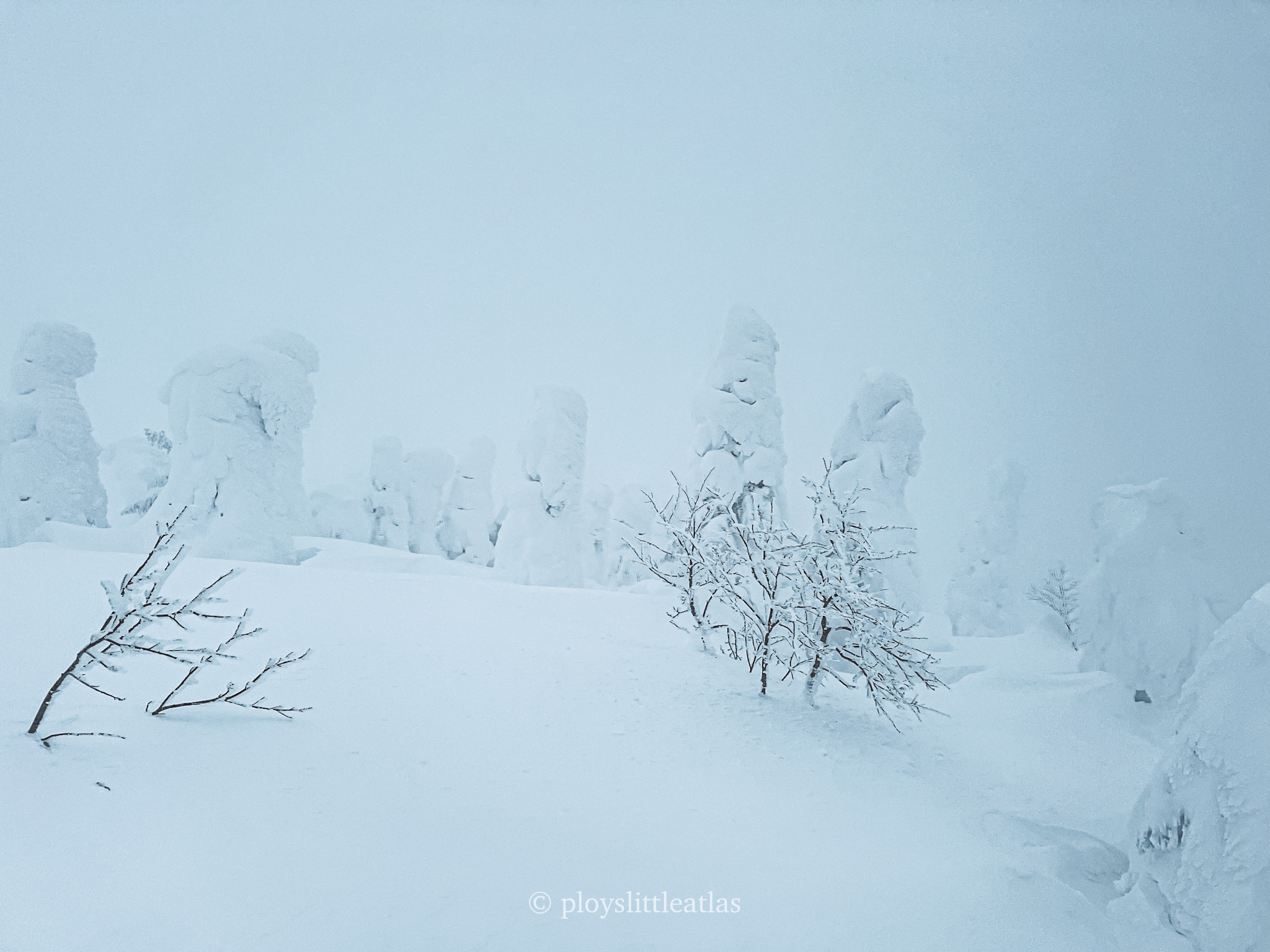
Access this wonder via the Zao Ropeway from Juhyo Kogen Station (1,331m) to Jizo Sancho Station (1,661m). As you ascend, the landscape transforms into a scene from a fantasy film. The experience of snowboarding through this frozen wonderland remains my most vivid memory.
For a different perspective, don’t miss the snow monster illumination events on selected evenings. The sight of these frozen forms glowing against the night sky is pure magic.
A Sacred Pause at Diamond Valley
Throughout my snowboarding journeys in Japan, Zao Onsen is the only resort where I’ve paid an offering at a Shinto shrine mid-session—a uniquely impressive encounter.
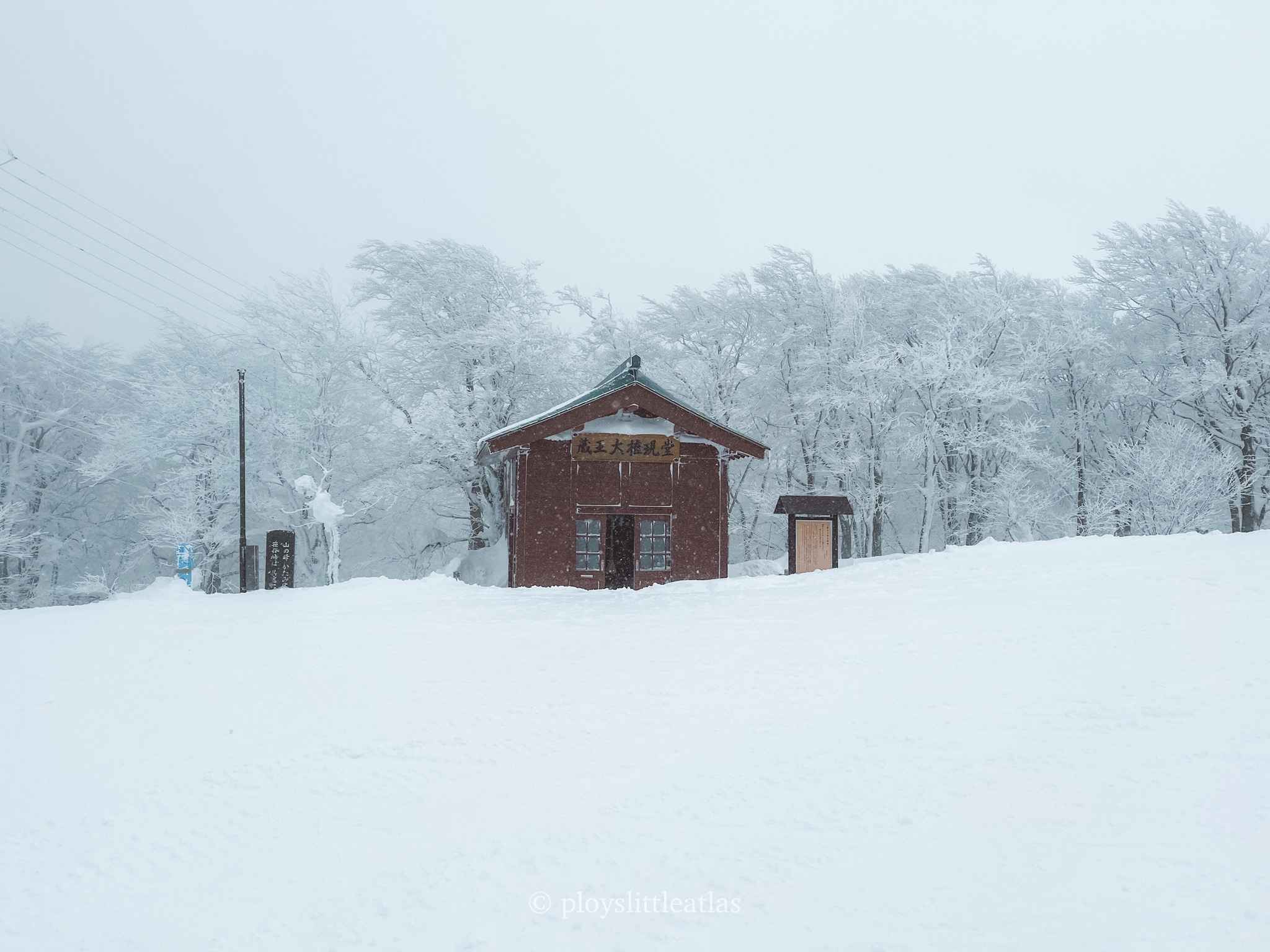
Tucked away in the Diamond Valley, Zao Daigongen-do is a tiny shrine housing a statue of Gongen. Skiers and hikers visit to pray for safety, and I was no exception. Beyond the touching tradition, the sight of the shrine starkly contrasted against the white snow was breathtakingly beautiful and prestigious.
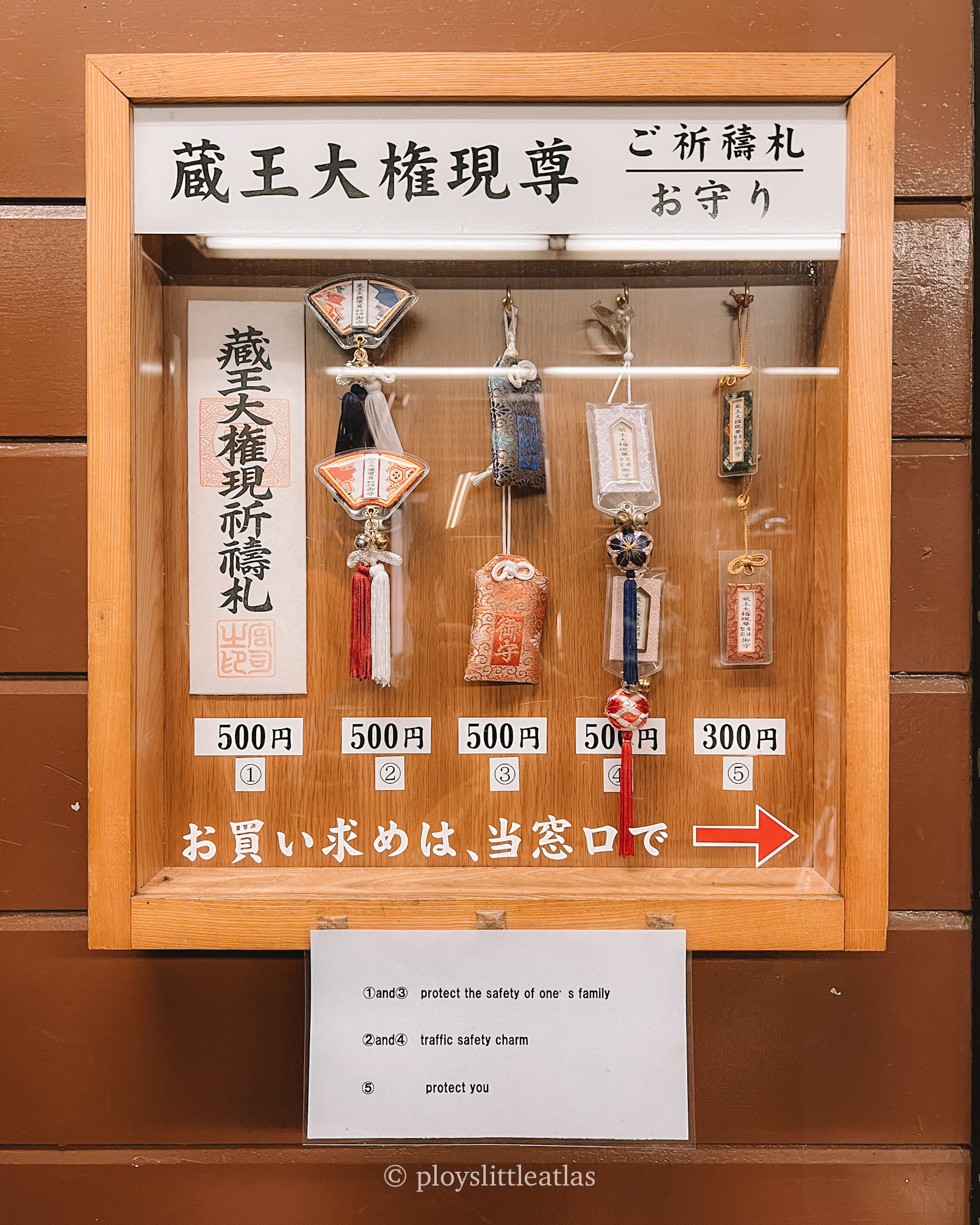
How to find it: Take the lift from Uwanodai Slope Station to Mikaeri Summit. Right after you get off, you can purchase cute lucky charms at the summit station for the best of luck on your trip!
Beyond the Slopes: The Complete Zao Experience
What elevates Zao from a great ski resort to an unforgettable destination is what happens after you step off the mountain.
The Onsen Tradition: Zao is fundamentally a hot spring village with history dating back nearly 1,900 years. The acidic, sulfur-rich waters (with a pH stronger than lemon juice) are perfect for soothing tired muscles. Most hotels have their own onsens, but exploring public bathhouses adds to the cultural immersion.

Village Charm & Cuisine: The quaint streets are perfect for evening strolls. Be sure to sample the region’s bounty, particularly Yamagata beef—a culinary experience that rivals its more famous counterparts.
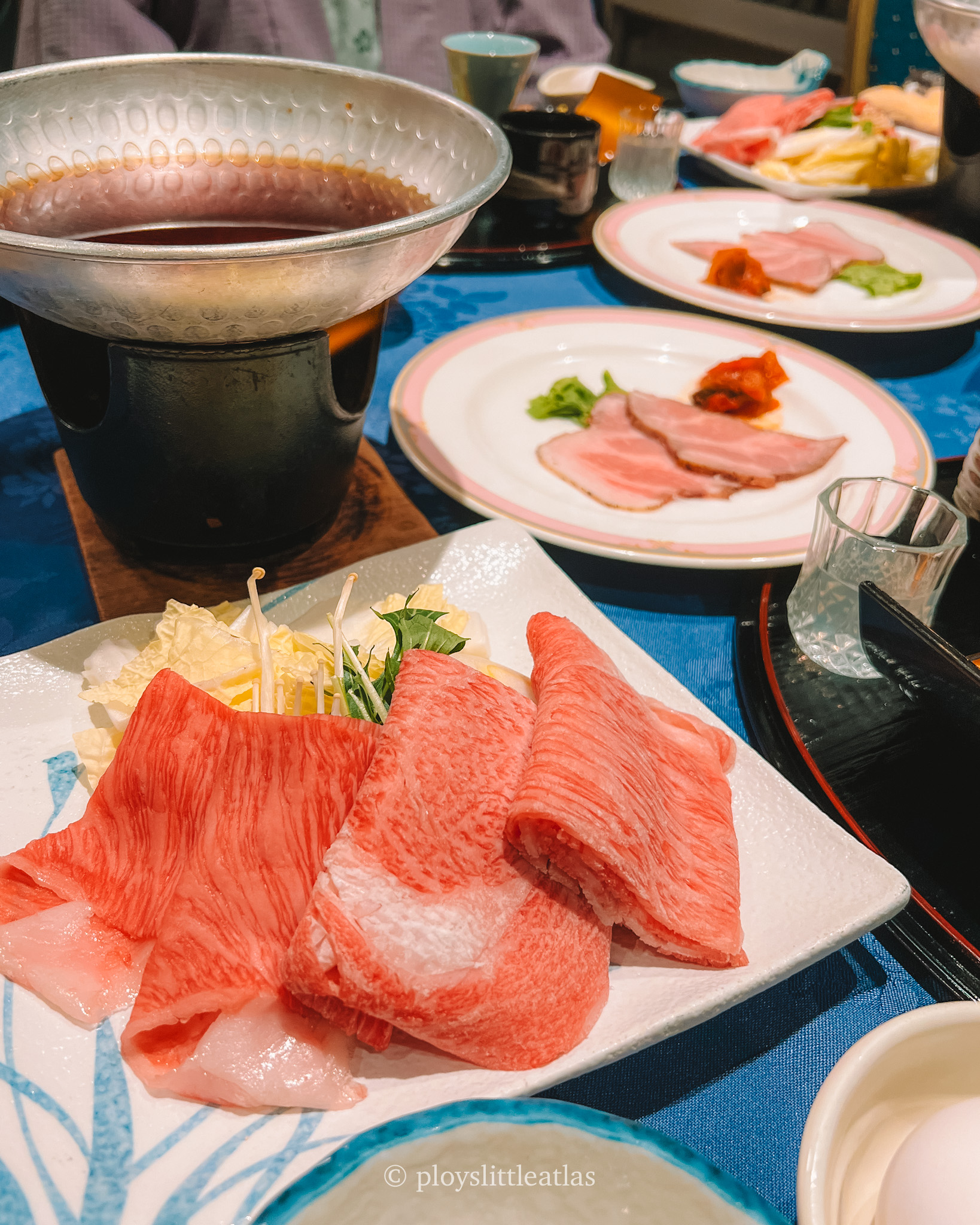
Planning Your Adventure: Practical Tips
Getting There: From Tokyo, take the JR Yamagata Shinkansen to Yamagata Station (approx. 2.5 hours), followed by a 40-minute bus ride to Zao Onsen (¥1,200 each way).
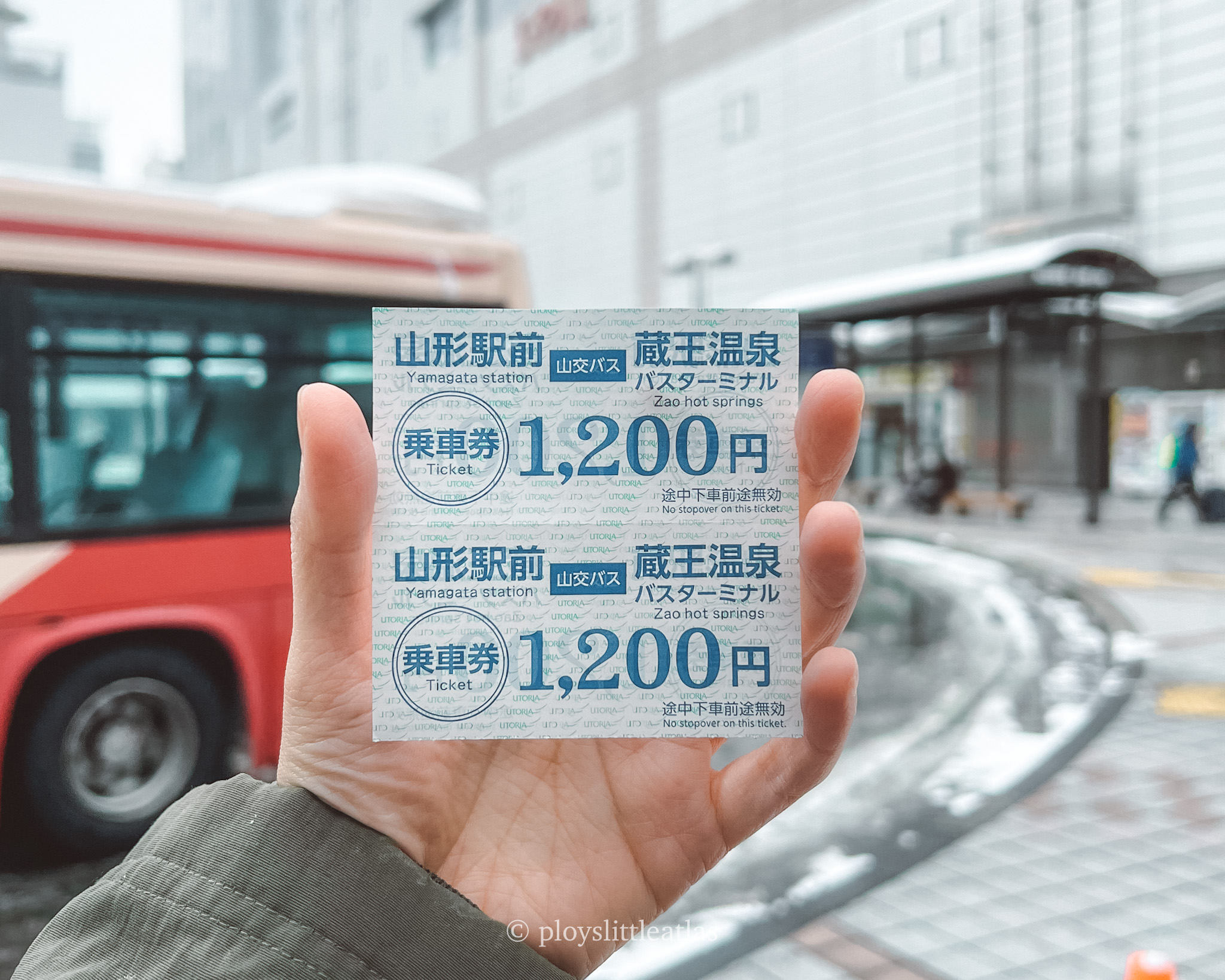
Where to Stay: For slope access, stay near the Zao Chuo Ropeway or Uwanodai Slope Station. For a cultural experience, choose a traditional ryokan in the older part of the village. I opted for the incredible Oohira Hotel (善七乃湯), where every detail, from the thoughtful service to the exceptional onsens and food, was crafted for guest comfort. (Visit my post for more details!).

Pro Tips:
- Dress for it: February can bring near-whiteout conditions. Waterproof gear and goggles are non-negotiable.
- Get a Map: The area is vast. Keep the ski map with you at all times to avoid getting lost in poor visibility.
- Mind the Lift Times: Some remote lifts close as early as 4:00 PM. Plan your day to avoid getting stranded and needing a taxi back to your base.
The Verdict: Japan’s Winter Dream
Zao Onsen Ski Resort offers that rare combination of world-class snowboarding, unique natural wonders, and authentic cultural immersion. The February powder provided days of unparalleled riding, but it was the complete experience—carving through snow monsters, soaking in therapeutic onsens, and wandering the charming village—that cemented Zao as a destination I dream of returning to.
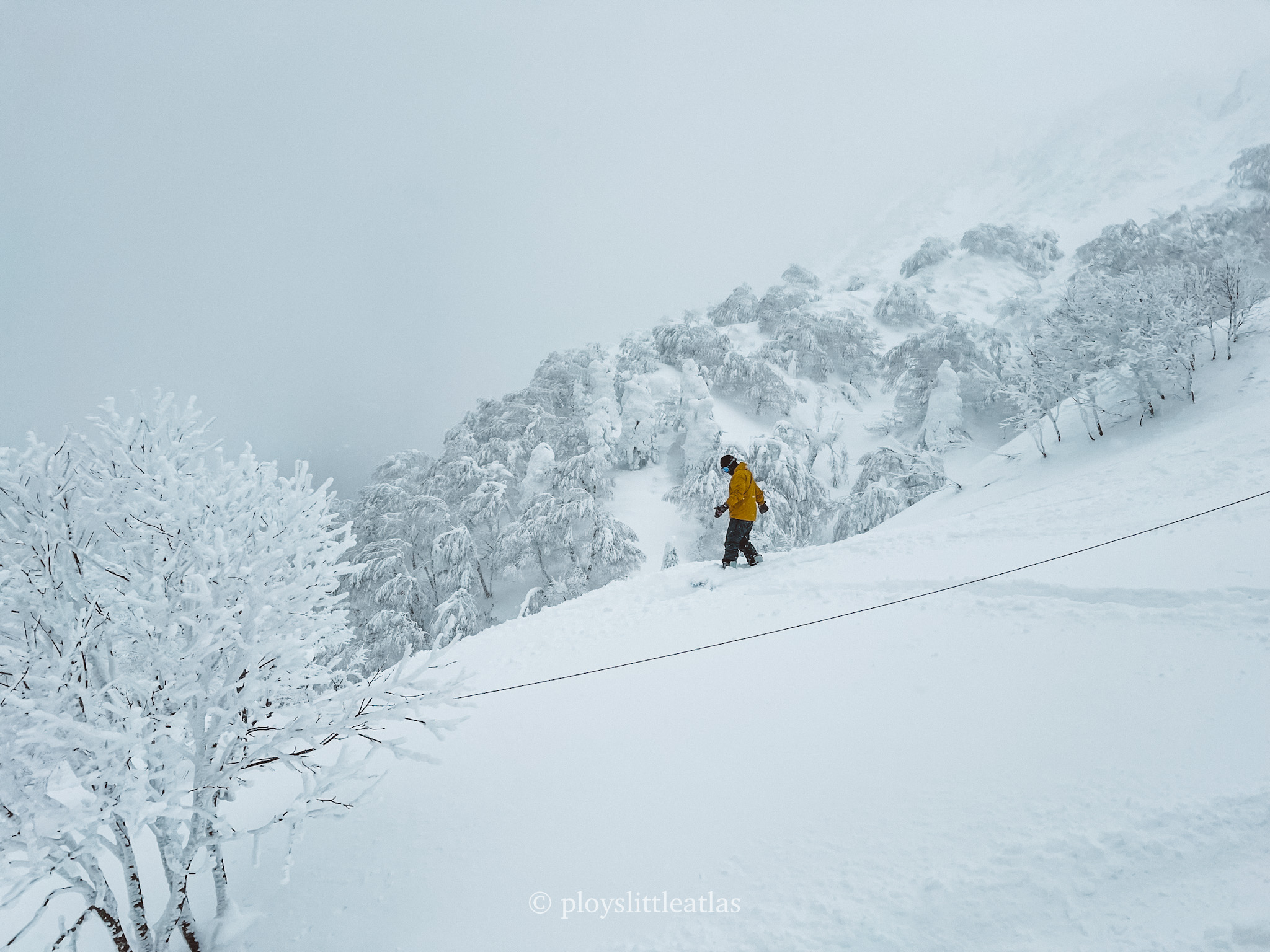
For snowboarders seeking more than just great runs, for travelers wanting to experience Japan’s winter soul, Zao Onsen delivers a dream adventure.
Have you experienced Zao’s snow monsters or have questions about planning your trip? Share your thoughts in the comments below!
Access Map
Did this entry help you? Or Did you enjoy my photos? Help support my small blog by giving a little cup of joe. I am always grateful when readers reach out wanting to support 🙂
p.s. This post is independently created. However, when you book or purchase something through the retail links, I may earn an affiliate commission to help keep Ploy’s Little Atlas running. Thank you very much for your support!
p.p.s All images used (unless specified) are owned by the author of the blog and permission is required for a repost. Please, reach out via social media channels to ask beforehand if you’d like to use them.
